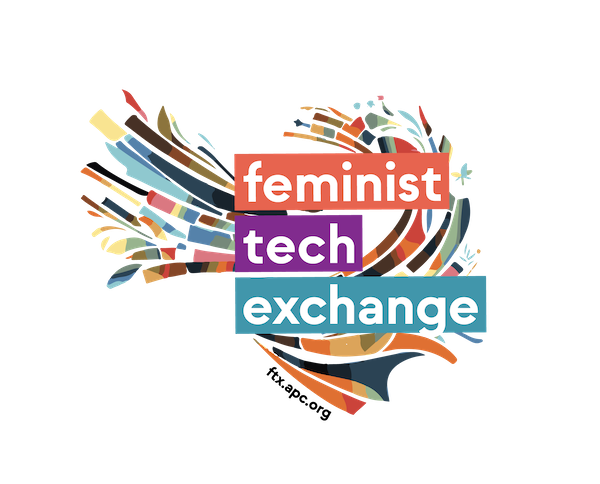Intersectionality of sexuality and internet governance
Intersectionality has been present in international policy spaces since 2001, as proved by Article 119 of the NGO Forum Declaration at the World Conference Against Racism definition applied to discrimination:
[It] acknowledges that every person be it man or woman exists in a framework of multiple identities, with factors such as race, class, ethnicity, religion, sexual orientation, gender identity, age, disability, citizenship, national identity, geo-political context, health, including HIV/AIDS status and any other status are all determinants in one's experiences of racism, racial discrimination, xenophobia and related intolerances. An intersectional approach highlights the way in which there is a simultaneous interaction of discrimination as a result of multiple identities. (WCAR NGO Forum 2001)
The forum signed a turning point for the use of intersectionality, which moved from a national civil and social rights context to become an international human rights framework applied by global institutional actors.
At the same time, the emphasis on identity contained in the declaration contributed to a wrong perception of intersectionality as just another “identity politics” theory. To avoid this misunderstanding, it is important to go back to the strong focus on social justice that Kimberlé Crenshaw had formulated and reiterated through the years, including in the keynote presentation at the WOW Festival in 2016.
If we look at use of and access to technology and the internet, intersectionality immediately becomes a tool to help us not only make sense of the situation but to achieve social justice. The purpose of intersectionality is transformative.
How many people have access to the internet? What are the conditions and quality of their access to technology? How safe are they in their use? How visible and respected are their voices/positions? By whom and how is technology designed?
All these questions have their place in the governance of the internet.
All the questions around the “who”, from access to content creation and moderation, surveillance, artificial intelligence and so forth, are exactly the questions that intersectionality can help to make sense of. That’s why the way we think and use “identities” is in terms of relationships, as a way of understanding how the existing/perceived linkage(s) between gender, sexuality and all the other elements of our identities (multiple fluid contextual selves) need policies to make the internet and digital technology a welcoming, open, accessible and affordable place/space for everyone.
It is the interplay of our perceived and self-defined identities in a given space (internet) that we want to address in national, regional and global spaces where the governance of the internet is discussed by all stakeholder groups, from the powerful private corporations and national governments to women’s rights, sexual rights and digital rights activists, to academia and the technical community that develops and approves the standards and protocols of this global critical resource.
Our policy/governance work starts from the understanding and denouncing of the interplay of our multiple identities to address the complexity of social inequalities, existing powers and specificity of contexts, aiming to achieve social justice.
Access to the internet for the majority of people in most parts of the world is in itself a privilege – how often you have access to it, how fast your access may be, who controls your access, and so on. This issue of access (and affordability) falls under internet governance.

